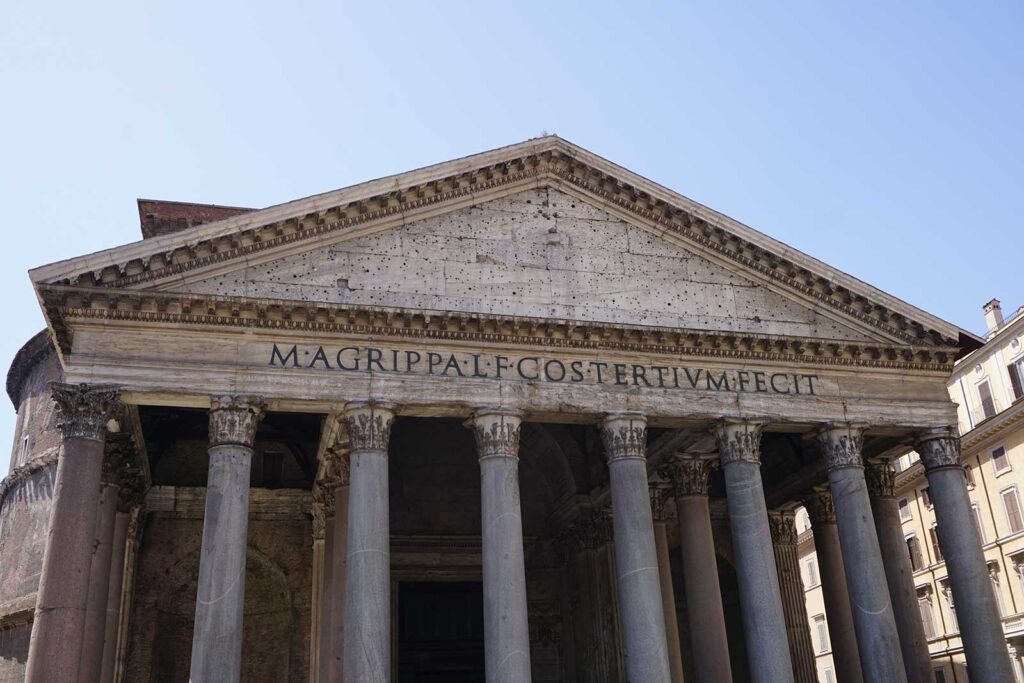Augury Analysis: A Modern Approach to the Study of Classical Roman Architecture
Hannah Seavey
Advisor: Dr. Penelope Davies

Abstract
In the many centuries of its reverent research, the study of Roman architecture has amassed a corpus of texts, artistic renderings, and excavation reports that help guide the modern perspective of ancient Rome. Given the lack of archaeological remains of temples in Rome, scholars must often include speculative evidence in their reconstruction projects. Innovations in archaeology and data-driven analysis techniques have greatly aided in the reconstruction of the Roman cityscape, but these processes must fundamentally position their systems of analysis in scant archaeological evidence and ancient literature. Is it possible that throughout centuries of study, misinterpretation and reinterpretation of such source material has contributed to a codified methodology for approaching the study of Roman architecture? This paper addresses the limitations of archaeology-based and text-based studies of Roman temples and advocates for the use of the statistics analytics software, SPSS, to determine associations between variables representative of facets of temple architecture. I propose the creation of a malleable framework for the research of architectural data, called Augury, in a new methodology that seeks to question traditional patterns of architectural analysis.